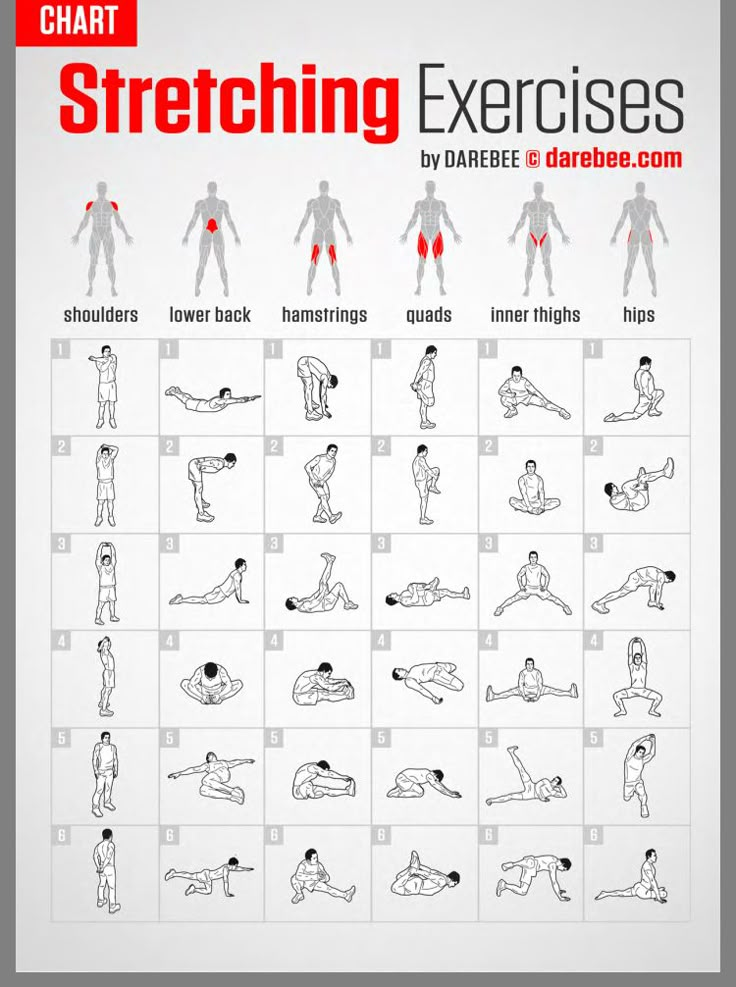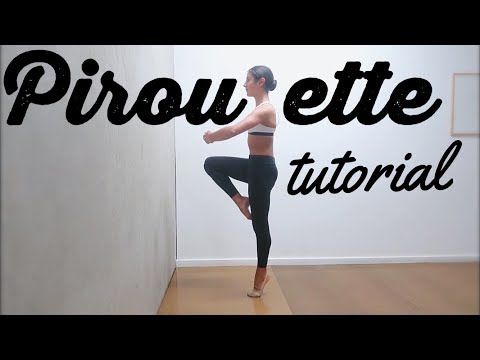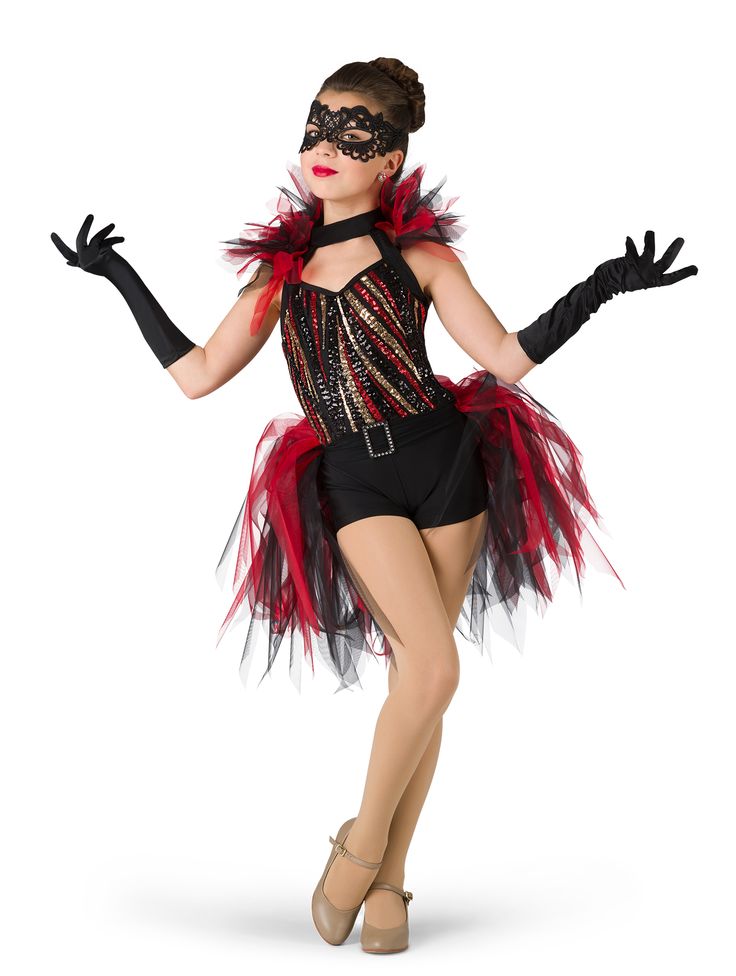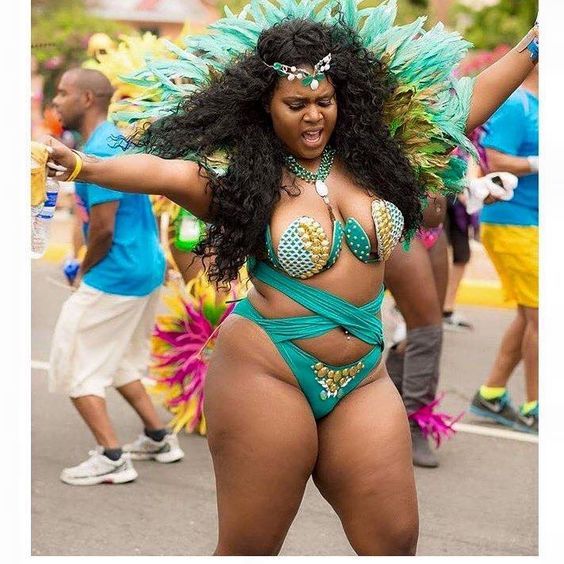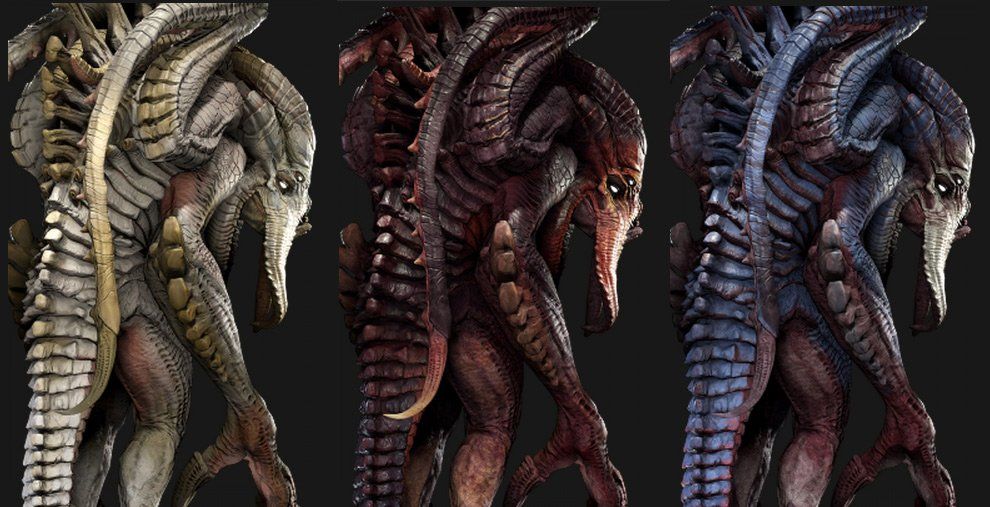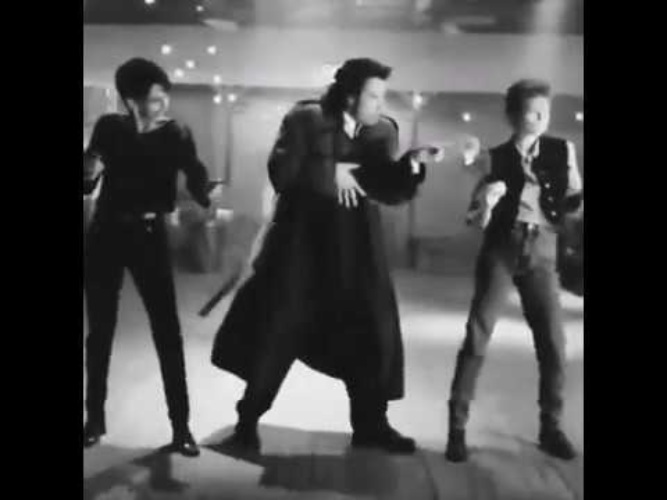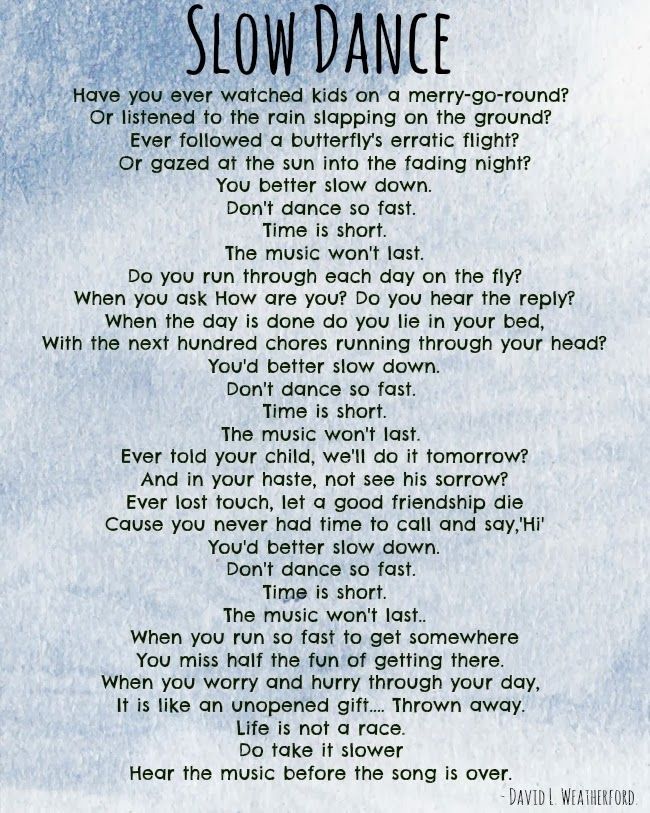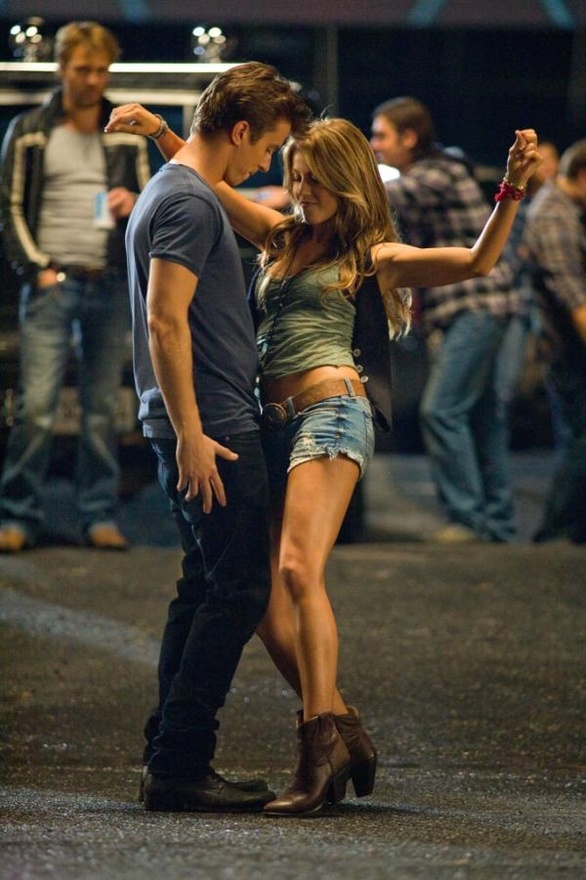How to start a dance routine
10 Tips From the Pros
Creating movement from scratch to encompass the feeling, rhythm, and theme of a song takes a little imagination and some work, whether you're a beginner or getting ready for a big performance. When you're including the movements and dance phrases for multiple performers, too, choreographing a dance can get quite complicated. That's why we're giving you some top pro tips on how to choreograph a dance when you're feeling stuck, including methods you can use to step outside the box and spice up your routine.
1. Study the Music
If you know what music you want to choreograph your dance to, start studying. Go beyond creating movements based on the rhythm and beat of the song, and study the lyrics, the emotion, and the meaning behind the song. You can find inspiration from the feelings you get when you read the words, and embrace the emotion the artist puts into the song.
Poppin' C, a Swiss popping dancer, says, "The music is everything for me, because the way my body adapts and moves, is because of the way I feel the music. " By knowing every part of your music inside and out, you can design dance moves that really work with the beat and lyrics.
B-boy Junior holds a breaking workshop at Red Bull BC One Camp in Mumbai
© Ali Bharmal / Red Bull Content Pool
2. Watch the Pros
Take some time to watch dance-heavy musicals, like "Chicago" and "Anything Goes," competitive series like "World of Dance," and even street performers, like Logistx, to grab some inspiration for your moves. Observe the styles, transitions, and combinations of movements and note how pro dancers create a physical connection to the music. This can help motivate you to create dances that get the audience to connect with your physical interpretations of the music.
3. Plan for Audience and Venue
Think about who your performance or event is for. Consider the venue you're performing at, too, because your dance environment can help you find ways to creatively express emotion. Lighting, sound, and the overall ambiance of your venue can help you design dances that incorporate mood and emotion to connect with the audience during your performance.
4. Think About Dance Style
Choreograph with steps and dance moves that reflect a specific style. You might try incorporating hip hop steps into a classical dance to mix it up and create your own unique dance style, for example. If you're just starting out with dance choreography, try focusing on learning how to balance a specific style of dance with your unique interpretation of the music you're dancing to.
Kid David poses for a portrait at Red Bull Dance Your Style USA Finals
© Carlo Cruz/Red Bull Content Pool
5. Focus on the Basic Elements
Focus on one (or several) of the most basic elements of dance: shape, form, space, time, and energy. For form, you can focus on designing phrases and steps based on a specific form from nature, like an animal or landform. Use your stage space to showcase explosive energy and give certain aspects of your performance a punch of emotion that keeps your audience engaged.
6. Don't Start at the Beginning
If you're stuck trying to figure out how to start your dance, plan it out from the middle or from the end. Tell a story through your dance choreography and plan out the climatic elements before the small steps to help you flesh out where you want to go with your ideas. Once you've outlined the basic structure of your choreography, piece it together into an entire work.
Tell a story through your dance choreography and plan out the climatic elements before the small steps to help you flesh out where you want to go with your ideas. Once you've outlined the basic structure of your choreography, piece it together into an entire work.
7. Try Choreographing Without Music
Dance in silence. It might seem like a crazy idea since you're choreographing the dance to a specific song. However, just letting your body move and flow with different tunes you imagine can help you step outside your comfort zone and incorporate challenging moves and dance steps that you might not have thought to pair with a song or score. When you discover something you like, pair it with other steps you've already developed and start fitting your moves to the music.
Poppin C shows off his moves during a photoshoot in Lausanne
© Torvioll Jashari / Red Bull Content Pool
8. Embrace Post-Modernism
Study early modern dance forms and styles that can get your imagination flowing.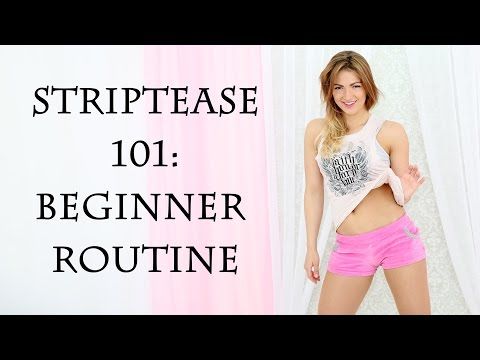 Dancers from the mid-century modern era through the 1950s and '60s (such as Anna Halprin, one of post-modern dance's pioneers) would incorporate a whole world of nontraditional moves in their choreography. Slow walking, vocals, and even common gestures can make imaginative additions to your overall work.
Dancers from the mid-century modern era through the 1950s and '60s (such as Anna Halprin, one of post-modern dance's pioneers) would incorporate a whole world of nontraditional moves in their choreography. Slow walking, vocals, and even common gestures can make imaginative additions to your overall work.
9. Incorporate the Classics
Use classical ballet, traditional ballroom steps, or other classic dance moves to mix up your style. It can be a startling transition for an audience to see a classical ballet step snapped in between freestyle phrases. Combining classical techniques with your dance design can add interest and suspense to your performances.
10. Use Other Art Forms as Inspiration
Don't just focus on music and dance. Look at all kinds of art forms, from two-dimensional paintings to live art performances. Take note of the different emotions and use of space, shapes, and forms that different artworks incorporate, and think about your interpretations and how you can convey that in movement.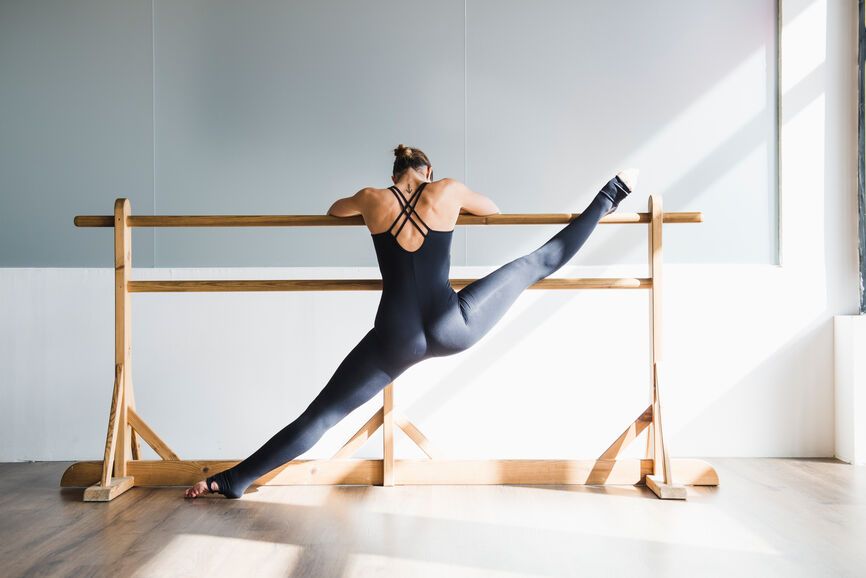 Use this as fuel for your inspiration when choreographing short phrases. Keep up to date on new forms of art to get inspired and avoid the dreaded writer's block (for dancers).
Use this as fuel for your inspiration when choreographing short phrases. Keep up to date on new forms of art to get inspired and avoid the dreaded writer's block (for dancers).
More Pro Tips to Choreograph a Dance
Arlene Phillips CBE, a British choreographer and theater director, got her start pro dancing and choreographing in the 1970s. She's been the choreographer for a variety of performances over the years, including live theater. Her advice for aspiring dancers includes some helpful choreographing tips:
Tell the music's story through your movements
Keep practicing with imaginative steps
Be determined to learn from your mistakes
Challenge yourself with unique rhythms, styles, and techniques
Plan out your most impactful elements then work in additional steps around those
Keep practicing your choreographing techniques
Don't be afraid to learn something new
One of the most important things to keep in mind when choreographing a dance, though, is to embrace diversity.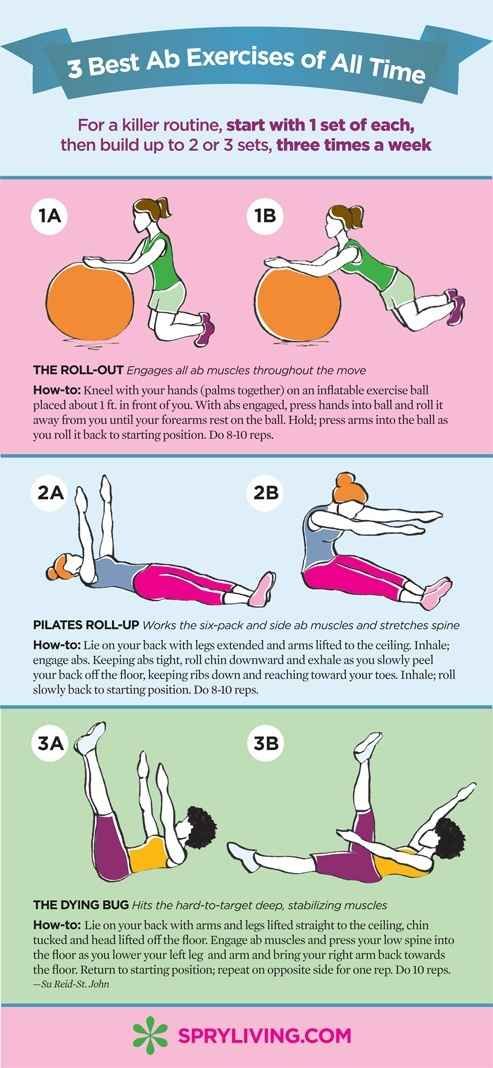 Don't be afraid to do something different or outside the norm. Try incorporating new styles or steps to make your dance fresh, and study all types of art to get excited about your work. The more you challenge yourself to think outside the box, the more creative and unique you can be with your choreography.
Don't be afraid to do something different or outside the norm. Try incorporating new styles or steps to make your dance fresh, and study all types of art to get excited about your work. The more you challenge yourself to think outside the box, the more creative and unique you can be with your choreography.
How To Choreograph A Dance Routine In 6 Simple Steps
Are you wondering how to choreograph a dance routine? Or if you even can???
The answer is YES, YOU CAN! And you totally should.
Choreographing isn't just for professional dancers with tons of clout. It's a skill that anyone can learn with a little practice and inspiration. Not sure how to start? Just follow this handy 6-step guide and start creating!
Finding the right song could be the easiest or hardest part of choreographing.
Sometimes, you hear a song for the first time and you know, you just KNOW, that it's the one.
Other times, you browse through your entire iTunes library, SoundCloud dashboard, Spotify playlists, and still don't feel anything.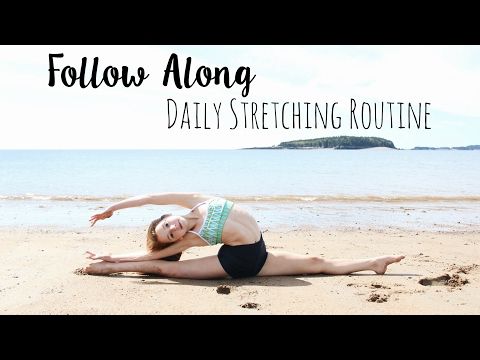
But once you have a song and pick out the section you want to choreograph to, listen to it...A LOT. And don’t just listen – listen with intent.
Look up the lyrics to see how you relate to the meaning of the song. Discover hidden hi-hats and riffs that you can highlight.
Note the "pathways" for movement you want to take – do you want to hit a certain lyric? Or that dope double bass? Visualize ideas as you listen.
You don't need to come up with concrete moves, but understand how you wanna move. And if you need to cut your music, do that first.
Having to wait or skip around to different parts of the song can interrupt the process.
Some tips for finding songs: Best Ways For Dancers To Find New Music
Yes, you can watch videos from your favorite choreographers and remix their routines, but to make something unique to you, try drawing inspiration from your own life and the culture around you.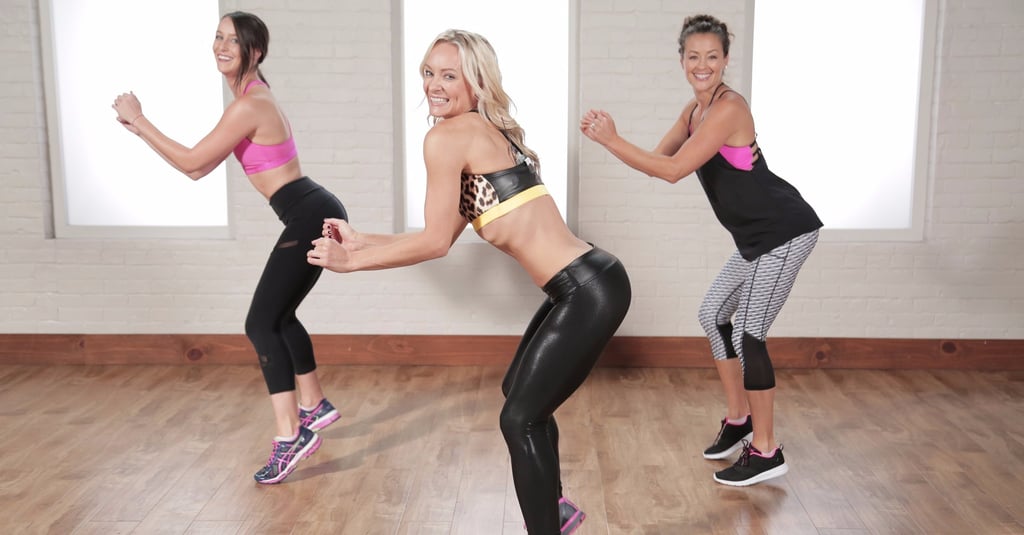
Read thought-provoking books, watch beautifully shot movies, check out MET Gala costumes, and visit cool museums!
All forms of art can inspire and fuel your art. When you see something inspiring, write it down so you can come back to those ideas later.
Even something simple like an interesting conversation with a friend can turn into a dance choreography idea or a new dance move.
Already feeling inspired? Watch this video to learn how to turn those ideas and concepts into dance moves!
Freestyling doesn’t necessarily mean that you’re going to be using those exact moves in your piece. In fact, you probably won’t even remember a lot of what you did!
The point is to let your body respond to the music. Play the whole song and let yourself move. Notice how you naturally groove to certain sounds.
This will be the first "layer" in your choreography. You can then try variations or build more intricate movements on top of it.
You can then try variations or build more intricate movements on top of it.
Not sure how to start freestyling? Read this article for a few more tips: How to Freestyle Dance
And if you put on a song you really love, but still can't come up with any moves, check out this video!
Clay gives you tips for creating unique movements, even when you think you have choreo block.
You probably decided to choreograph to the song because you thought certain sections would look dope on the body.
Is it a climax? A breakdown? An instrumental interlude?
Whatever it is, start with that part. You don’t have to choreograph chronologically from beginning to end.
Start with the chunks that come easier, then build the rest of the choreography around it.
After you've choreographed your favorite chunks, make sure to give some love to those in-between sections!
Just because it’s not a crazy beat combo doesn’t mean it doesn’t have potential to look amazing.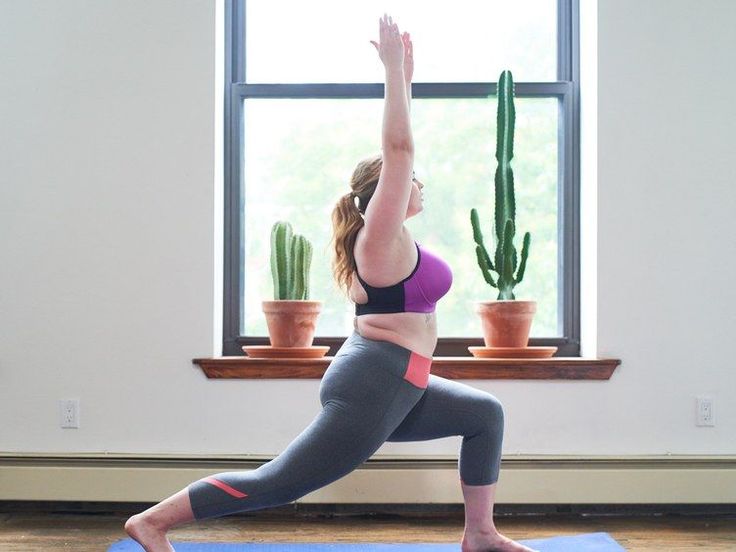
Sometimes it’s those slower moments that are the most memorable. Check out this piece from Galen – it's all about her presence and demeanor.
Even her simple movements are engaging because she's filling those calmer moments with presence, before she goes off in a powerful combo.
A lot of us have the problem of making choreography that looks good in our heads... But not on our bodies. At that point, you just gotta train yourself.
Some refer to this as “cleaning” or “setting,” which involves perfecting certain pictures you make with your body, looking at pathways between points, or drilling quick combinations.
Check out this article to learn more about the cleaning process: How To Execute Choreography Better By Utilizing Your Body With Carlo Darang (Choreo Cookies)
And remember: How you choreograph will be how the piece looks.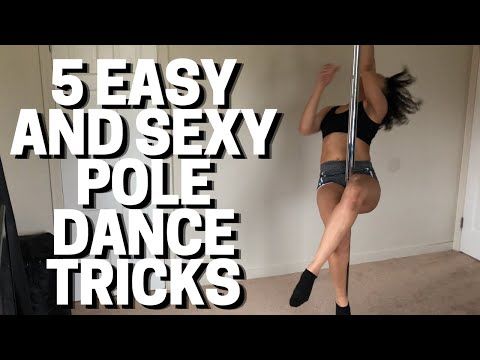 So when you choreograph a dance, do the moves full out.
So when you choreograph a dance, do the moves full out.
For example, if you want a plié somewhere, really bend those knees. Let body rolls go all the way through your body. If you’re doing floorwork – get on the floor!
It's not going to magically look amazing when you perform on stage or in front of the camera. Make it amazing as you're making it.
Watch this video to learn more about dancing full-out, in every moment.
There are probably moments within your piece that feel perfect to you. Don’t change those.
But the piece as a whole is probably a bit rough around the edges, especially if this is your first time choreographing.
As novelist Ernest Hemingway once said, “The first draft of anything is sh*t.”
So don’t worry if it’s not exactly what you wanted it to be. You can work your way there!
Do this by trying out variations of movements, scrapping some sections, changing directions, or adding floorwork – whatever you feel is necessary to “edit” the piece.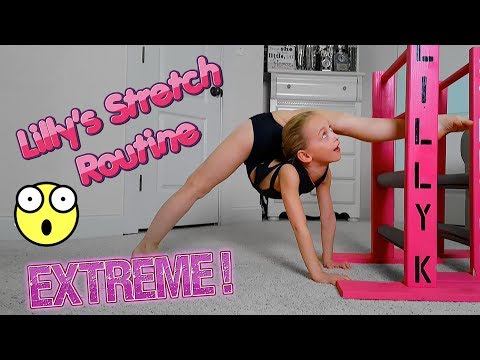
And honestly? That’s what makes creating so fun – trying things. Saying “Nope, not that,” or “YES oh my god, it worked!”
It’s supposed to take multiple drafts! Just keep editing until you’re done.
Of course, if you're a perfectionist, you might feel like your piece is never finished, but you gotta draw the line at some point.
While it’s awesome to try to keep improving your piece, there comes a point where you have to say “This is it. It's ready."
It's not about feeling like your piece is perfect. It's about making something that you feel proud to say you made. So when you're done, let it be.
Give yourself a pat on the back. Record the piece and share it with us via our STEEZY Studio members Facebook Group!
Thousands of dancers around the world are not only improving their dance skills on STEEZY Studio... they're joining our community and getting feedback from other dancers!
Click here to sign up for STEEZY ;)
Check out this video for a quick recap of this guide AND a few extra tips!
Where to start to dance
How to choose the style that suits you and what to look for when looking for a school
The abundance of schools and dance teachers has solved the problem of where to learn to dance. But it also created a new one: how to choose from all this.
It is easier to solve a large problem by breaking it into several smaller ones. So we will do it: first we will decide on the style, and then we will select the right school.
Types of dances
Dance schools usually divide dances into the following groups:
- Classical choreography
(ballet, modern, contemporary, body ballet, different jazz dancing options)
- Modern styles
(hip-hop, Loking, Vog, Popping, Jazz-Fants.
- Ballroom dancing
(European and Latin American program)
- Social dancing0017
(salsa, bachata, merengue, kizomba, argentine tango, hustle, swing, zouk)
- national styles
Classics and its legacy
Many contemporary movements are based and inspired by ballet or classical choreography.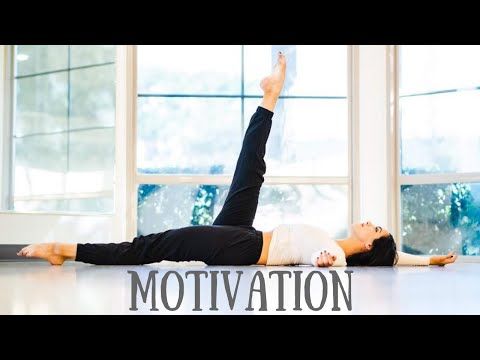
Ballet technique implies a certain constitution: a very good stretch, a developed vestibular apparatus and a high level of physical fitness.
children from 3 years old, professional dancers of other styles. Both teenagers and adults can do classical music without choreographic training. But if the goal of the classes is precisely a ballet career, it is better to start practicing before the age of 8 and after consulting a teacher: with an unsuitable constitution (poor eversion of the feet, low elasticity of the ligaments, wide and heavy bone), no diligence, unfortunately, will give a good result - ballet very demanding. However, the classical base will help in absolutely any dance direction.
Body ballet is a relatively young direction, it is based on the classical base and supplemented with elements of yoga, gymnastics and Pilates.
for those who like the aesthetics of ballet. There are no restrictions in the style itself, but they can be set for a specific group: there are adult and children's groups, mixed and purely female.
Modern (jazz modern) and contemporary are based on ballet technique (jumps, rotations, positions of arms and legs), but much more variable.
Modern is a style that was born among professional dancers as a protest against the rigid framework of ballet, which does not allow for self-expression. Art Nouveau is much more plastic than ballet and is more focused on improvisation.
Contemporary is in many ways similar to modern, but this style is more directed outward: more acting and pantomime, inserts from other styles. There are no specific requirements for music or limits of acceptable movements in contempo.
both styles are suitable for children from 8 years old, adults without serious joint or spinal problems, ready for regular exercise (from twice a week).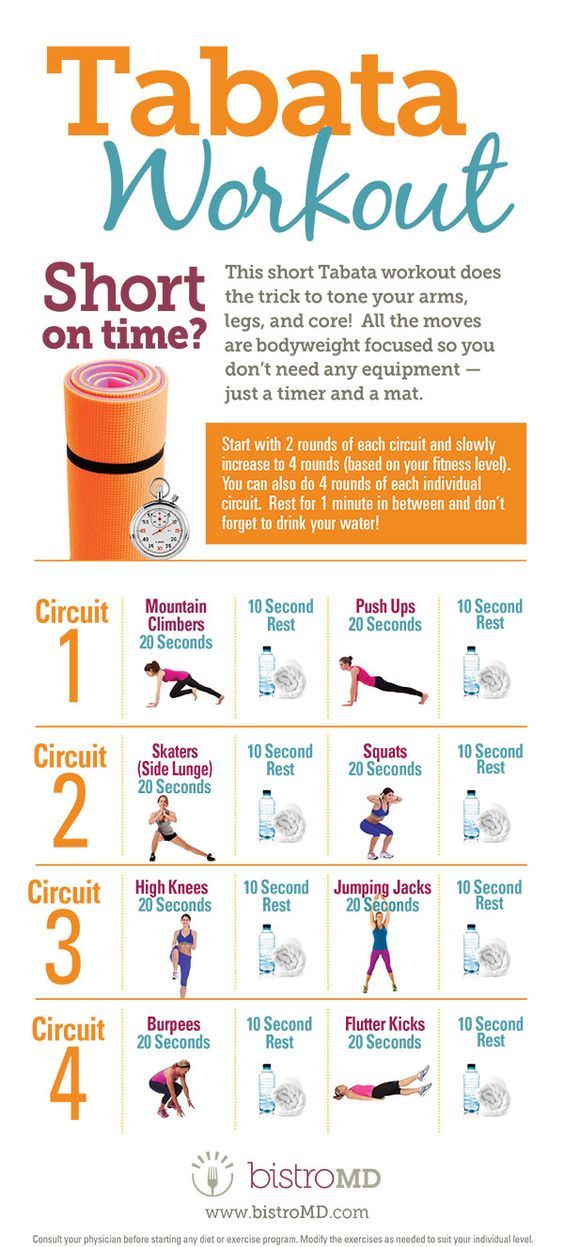 Which one to choose depends on the taste and comfort in the group of a particular teacher.
Which one to choose depends on the taste and comfort in the group of a particular teacher.
Modern dance
Hip-hop is the most typical example of street dance. It originated in the 70s of the last century in New York as part of the street subculture. Usually this is a solo dance to music suitable for this subculture: for example, rap or R'n'B. The movements are active, built on the quality of the whole body in beat and playing with musical accents with jumps, sudden stops and other specific movements. An important component of the direction has always been battles, first street, and now - of a very different scale.
breaking (distinguished by an abundance of power rotations and acrobatics), locking (based on the change of active fast movements and freezing), popping (very fast relaxation and muscle tension, creating the illusion of a mechanical movement), house (quick active leg movements with a relaxed, smooth body).
In addition, similar dances with national characteristics appeared on the basis of hip-hop: ragga in Jamaica, reggaeton in Puerto Rico, afrohouse in Angola.
children from 5 years old, teenagers, young people.
Catwalk and heels
There are several styles based on the study of gait, posture, the ability to walk (and dance) in high heels, pose and flirt.
Vogue originated among American gay people in the 60s of the last century. The choreography is based on imitation of the walk of models at fashion shows or posing for photographs in the style of fashion magazines. The movements are emphatically mannered, there are many rotations and falls, the choreography develops coordination and isolation well, especially in the work of the hands.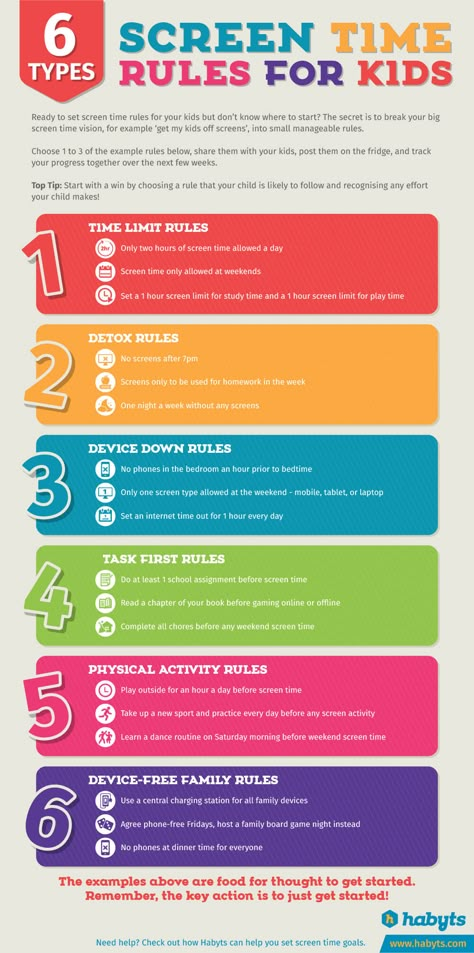 In the vogue community, it is customary to hold balls - large-scale parties with an obligatory battle of dancers on the podium.
In the vogue community, it is customary to hold balls - large-scale parties with an obligatory battle of dancers on the podium.
Waking also focuses on precise hand movements and postures, but this style is not as aggressive and campy as wog. In addition, in waking there are male and female versions of the choreography (in vogue, the movements are equally feminine for everyone).
The strip plastic was originally limited to strip club style pole movements. Now this direction has acquired elements of classics, acrobatics and movements from other dance styles.
High heels - literally "high heels" (not lower than 12-13 cm). This is the only mandatory element of the direction, otherwise each dancer and teacher mixes it according to their personal skills and preferences. All the already listed modern trends in different proportions are found in this style.
Jazz funk also incorporated elements of many styles (mainly hip-hop, waking and jazz choreography). The style is mannered and outrageous, aimed at attracting attention.
The style is mannered and outrageous, aimed at attracting attention.
Twerk or booty dance is a dance based on the technique of ragga, hip-hop and other styles. Almost all choreography is concentrated in the hip area. Due to such a concentrated load, the buttocks are quickly tightened.
adults over 16 years old. Classes in high heels and with a pole are usually not recommended for people with pressure drops, dizziness and a weak vestibular apparatus.
Ballroom dancing
Ballroom dances include paired dances, divided into two programs: European and Latin American. European include Slow Waltz, Foxtrot, Viennese Waltz and Quickstep . The Latin American program includes samba, paso doble, rumba, jive and cha-cha-cha . The European program is considered more restrained, smooth and elegant, while the Latin American program is more expressive and energetic.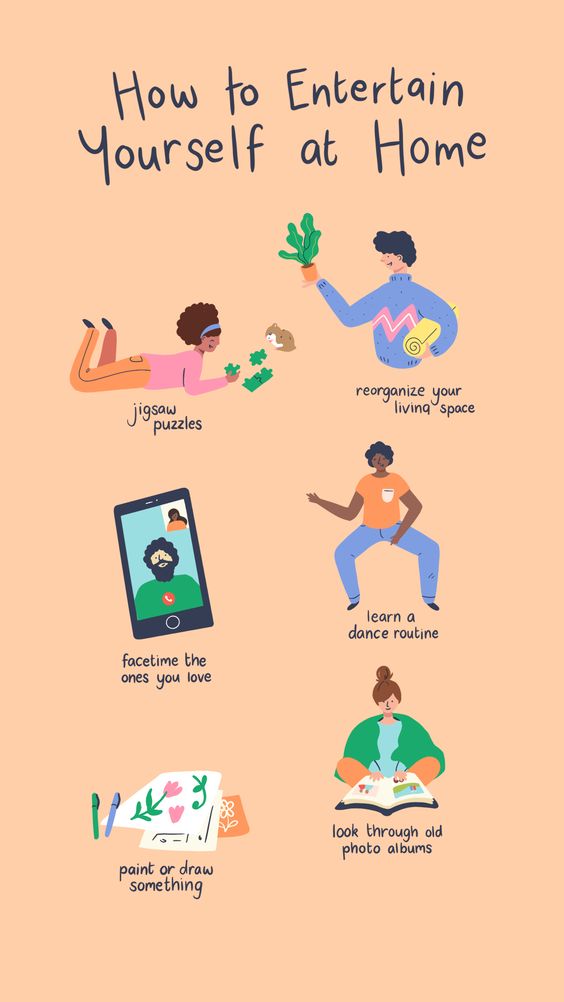
Regardless of the program, ballroom dancing is more focused on entertainment than on the inner feelings of the dancers. These styles are strictly regulated by the rules of dance associations and are intended primarily for competitions and competitions in which dancers are assigned classes. To achieve a serious level, it is better to start at an early age.
children from 4 years of age, if the parents are ready for significant expenses: costumes, accessories, preparation and participation in competitions are not cheap.
Social dancing
The most general definition for all areas of social dancing is dancing for oneself. Not for competitions, performances or earnings, but for fun. Recently, pair dances are mainly classified as social dances. All these directions are intended for dancing at parties with certain music (for each style of its own) with any partner who owns the same dance.
Salsa is a complex of musical and dance styles. In terms of choreography, the most popular styles are Cuban (salsa casino or timba) and American styles (salsa NY or LA). For a beginner, the differences are insignificant, usually preferences are formed in the process of training. The music and choreography is quite high tempo.
In combination with salsa, other Latin American dances are often taught: bachata , merengue , reggaeton , rumba and cha-cha-cha .
adults (16+). There is no upper age limit, some start exercising at the age of over 60, but you need to assess your readiness for stress.
Argentine tango is a pair dance that was born on the border of Argentina and Paraguay at the end of the 19th century. It has different musical and dance styles (tango waltz, milonga, tango nuevo), as well as stable traditions and a peculiar code of conduct. The first generations of tangero even had a secret language, which is now partly merged into Argentine slang. Since tango music can be emotionally very different, the stereotype about the passion and drama of this dance is not particularly justified. But the tango community cannot be denied elegance and grace.
adults who are aesthetically close to tango culture. There is no lower age limit for dancers, but young dancers often lack momentum.
Swing is such a perky complex of different dances to swing music. These include Lindy Hop , Balboa , Boogie Woogie , Charleston and others. Since the music is light and cheerful, the dance energy is also positive, without drama and suffering.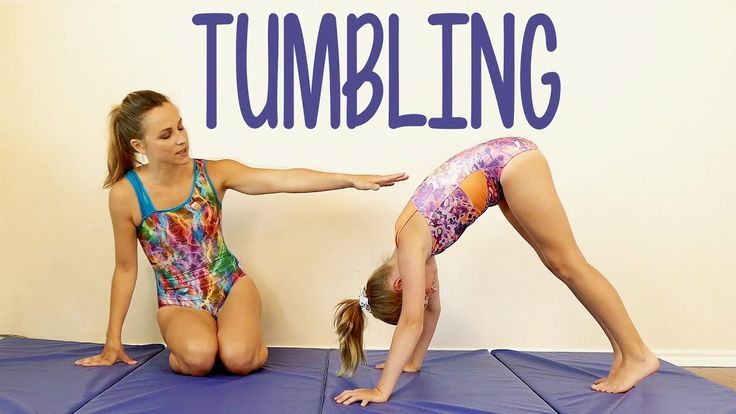 But physical activity, due to the tempo of music and movements, is noticeable. This is not typical for pair dances, but in swing there is some desire for unisex: the choreography for men and women differs little in character, usually only in role (leader / follower).
But physical activity, due to the tempo of music and movements, is noticeable. This is not typical for pair dances, but in swing there is some desire for unisex: the choreography for men and women differs little in character, usually only in role (leader / follower).
young people with good physical fitness who are in love with jazz and swing music.
Kizomba and zouk are two types of pair dances performed to quite similar music with a pronounced electronic beat. Kizomba is an African pair dance based on the semba, characterized by a low pace of movement and very close contact in a pair. Zouk is usually much more active, it has more movement and rotation.
young people who are not embarrassed by close contact in a couple.
National dances
Usually such styles are chosen from the interest in the culture and music of a particular country.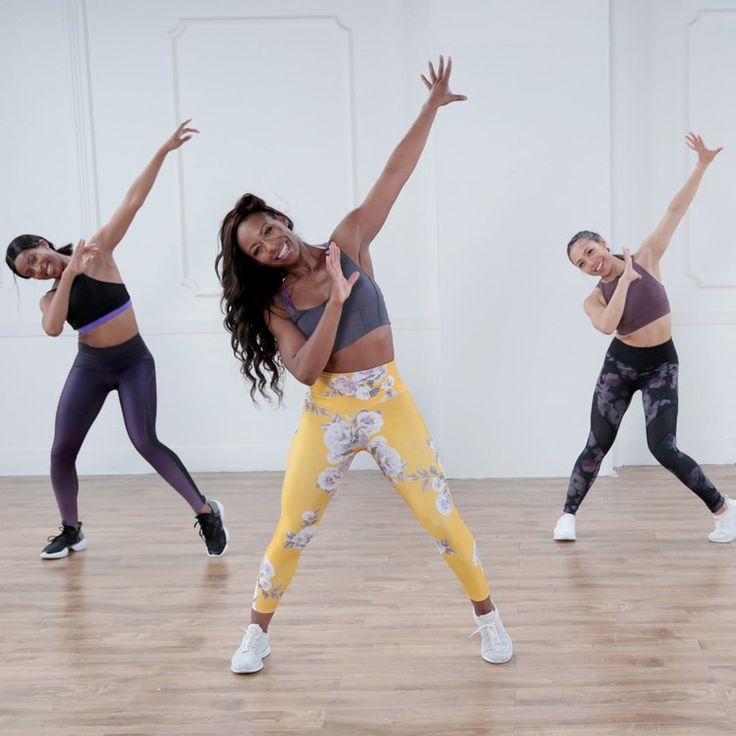 But some national dances have important advantages for certain categories of beginner dancers.
But some national dances have important advantages for certain categories of beginner dancers.
Flamenco (Spain) is suitable for those who want to improve their posture and increase self-confidence.
Russian folk dances can serve as an excellent choreographic base for a child. In the classroom, they usually work seriously on stretching, posture (body position) and rhythmic coordination.
Samba (Brazil) can be a great way to lose weight and strengthen the muscles of the legs and hips, as well as improve posture.
Afro-Cuban folklore is rhythmically one of the most complex, suitable for musicians and in general for anyone who wants to develop a sense of rhythm.
Oriental dances or belly dance , tribal will help people in the body learn to love this very body, as well as to master it well. Many oriental dances glorify magnificent forms and teach them not to be shy about them.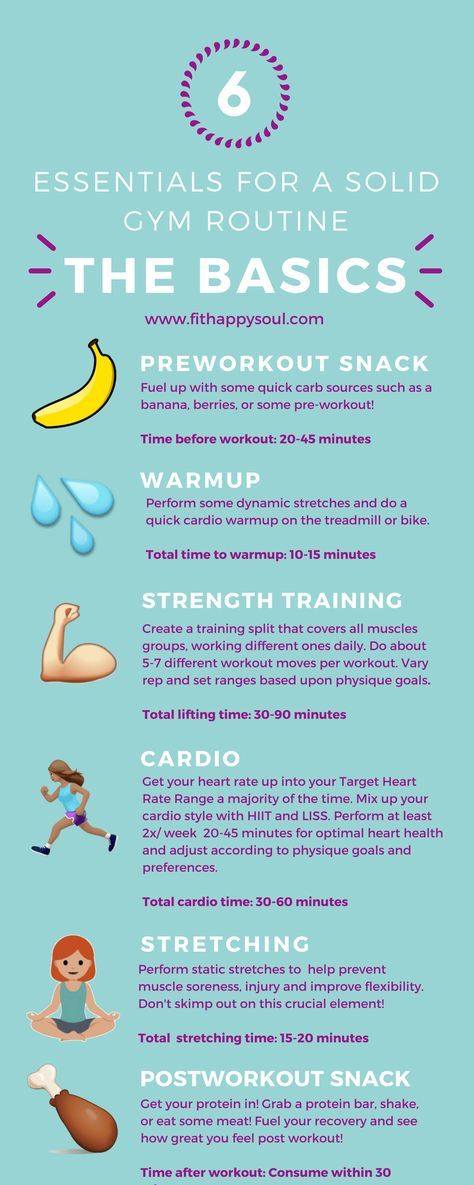
Capoeira (Brazil) - This mix of dance and martial arts can be a great compromise between serious training and a dance hobby. Suitable for those who cannot choose between parquet and gym.
How to find the "right" school
Whatever dance style you choose to start your journey on the floor, keep a few simple rules in mind.
1. You should be comfortable
Dancing is, first of all, a process. You must be comfortable in class. Everyone has their own ideas about comfort, so it makes sense to look at different schools, determine the moments that are critical for you and choose where you are most comfortable.
Minimum required : light, air, level floor.
2. Get to know the chosen direction
Read the history and main characteristics of the dance, find out what styles it has, watch videos of notable dancers, listen to music.
Required minimum: In the selected school, you must clearly explain what exactly they teach there. If they can’t even tell you what style the teacher is dancing, this is an indicator of a very low level.
If they can’t even tell you what style the teacher is dancing, this is an indicator of a very low level.
3. Look beyond the teacher
Students are a better indicator of the quality of teaching than a coach's regalia. If possible, find out where you can look exactly at the students: reporting concerts, show numbers, parties, competitions.
Required minimum : presence of continuing groups. If the school has been working for more than a year, and only beginners are on the schedule, it means that the teacher’s qualifications are not enough for long-term work.
4. Find out the teacher's goals
It happens that a student comes for a party and a fit figure, and the school or a particular teacher is imprisoned for monthly reporting concerts.
Required minimum : in the beginner group - the base and nothing else. In no high-quality school, "beginnings" are put on competitions and performances, especially forcibly.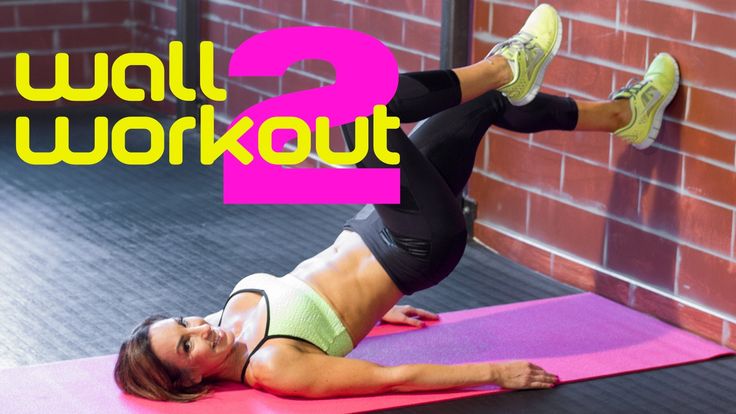
5. Try different things
Even if after the first lesson you want to stay at school to live, it makes sense to look at others. Perhaps the excitement and euphoria at the first lesson have nothing to do with the school - just the body dances and rejoices.
Minimum required: Schools that are confident in their quality always offer trial lessons, open houses, or at least the option of paying for a one-time lesson. If you are forced to buy a subscription from the doorway, you can safely say goodbye.
Author: Julia Telia
Dancing from "A" to "Z": where, when and how?
Do you like to dance? Or maybe your child loves to dance? Then, for sure, you wondered about choosing a dance school, thought about where and in what direction it would be better to go yourself or give your child away. In this article, we have collected all the main questions related to dancing classes. Answered by Vladimir Sheremetiev, teacher and choreographer with sixteen years of experience, author of many materials on the history and technique of performing various dance styles, director of the Step Forward contemporary dance studio, Chelyabinsk.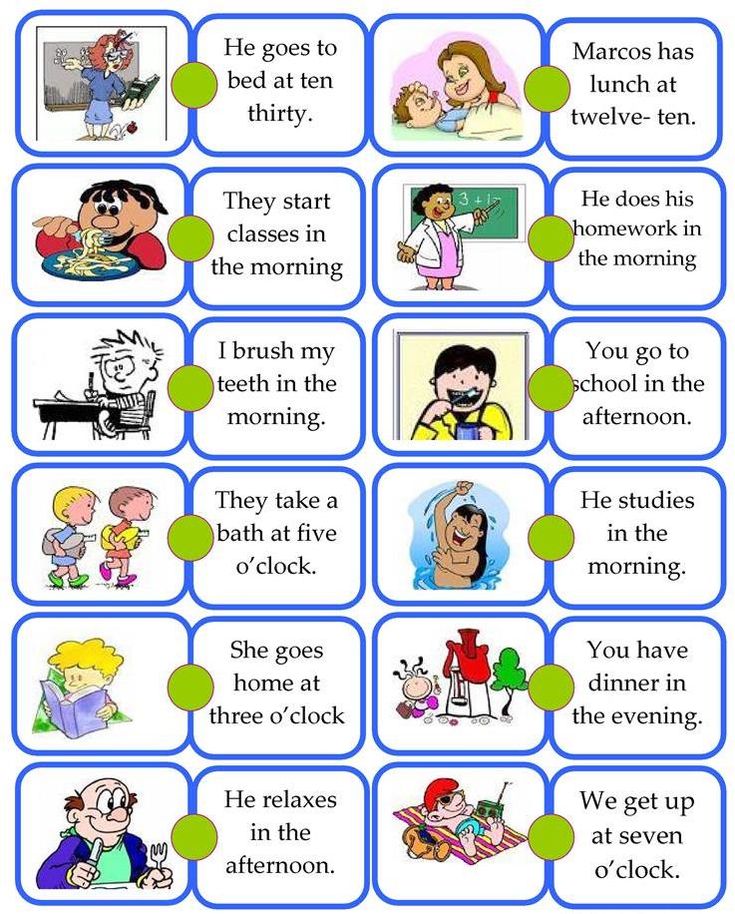 So, let's begin!
So, let's begin!
- At what age is it better to send a child to dance?
Much here depends on the individual characteristics of the child, on the format of classes and on the dance direction that you choose for your child. If we are talking about children's dance classes, then you can try to start practicing at the age of three with the indispensable condition that the classes themselves will be held in a playful way, and a professional will work with the child.
At the same time, the question of individual characteristics and development remains open, because not all children at the age of three are ready for classes without the presence of their parents. However, by the age of four, the vast majority are already quite successfully engaged in children's dance, they enjoy the lessons very much and have good results. Therefore, the answer to this question is this - send your child to a dance studio from the age of three or four and choose groups for children's dance. About why it is worth giving the baby to this particular direction, we will talk a little later.
About why it is worth giving the baby to this particular direction, we will talk a little later.
— At what age is it not too late to start dancing on your own?
Practice shows that it is never too late to start exercising yourself, it all depends only on your motivation, as well as on your health. Of course, starting breakdancing at sixty will probably be very difficult and traumatic. Therefore, decide which direction you like and which one is suitable for medical reasons. If you do not take age extremes, then you can say with confidence that middle age is not a hindrance. Even starting at thirty, you can achieve very good results in many types of dances, for example, in street directions. Therefore, do not deny yourself and do not refer to the years, if you dream of becoming a good dancer, the power of your dream can work wonders. And if we are talking about classes for yourself and for the soul, come to the hall, no matter how much you have.
Summarizing the above, the answer will be this: when practicing as a hobby, there are no age restrictions for any dance direction.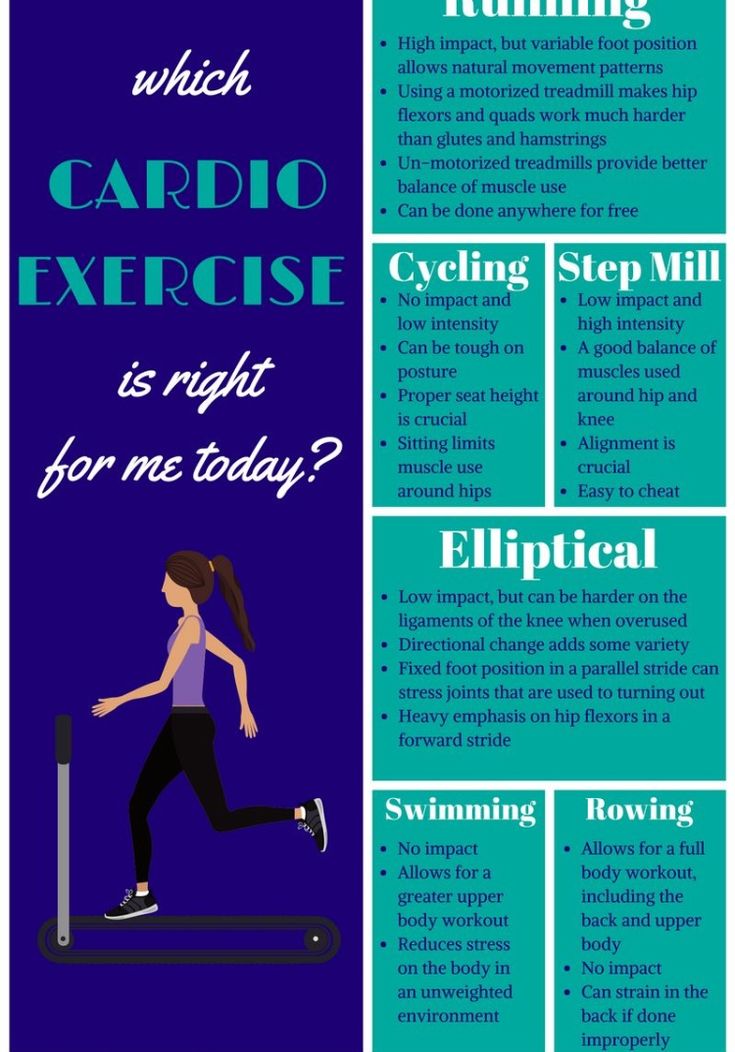 Most importantly, try to get into the group of your age so that it is comfortable to practice.
Most importantly, try to get into the group of your age so that it is comfortable to practice.
If you want to achieve certain results, to dance semi-professionally or professionally, then for street dances such as hip-hop, popping, locking, etc., middle age is not a contraindication, on the contrary, you can learn to dance well at this age, you can achieve certain heights and gain public recognition. In the case of choreography, modern, ballet, as well as breakdancing, due to the high requirements for physical form, it is advisable to start at least at student age. The same goes for ballroom dancing.
- Should I give the baby to hip-hop or breakdance?
A very interesting question often asked by modern parents. Hip-hop and breakdancing are all over the place now, they are shown on TV, children watch and try to repeat the bright movements. But does it make sense to send a baby, that is, a child under 6 years old, to these types of dances, is it worth paying for such classes? Our opinion boils down to the fact that it is definitely too early to dance hip-hop or breakdance at this age.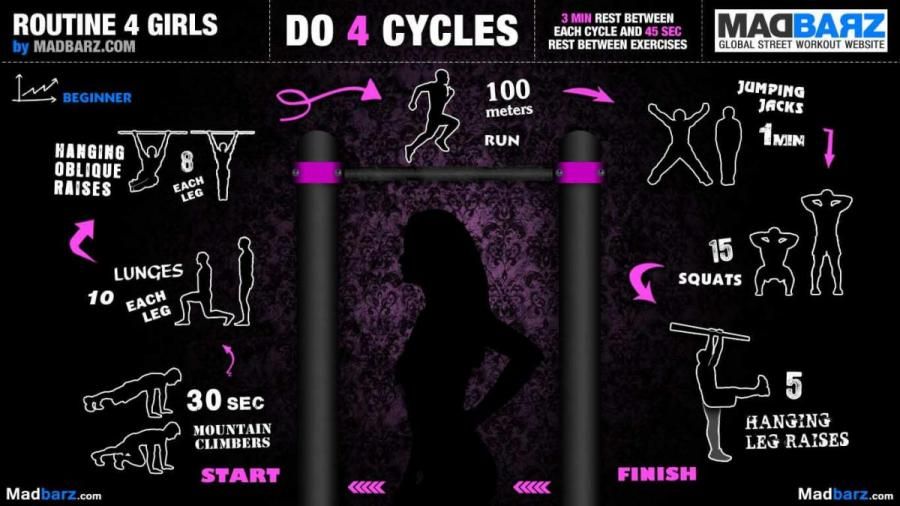 If you want your child to not just jump at home and in the gym, but really learn something, it is better to enroll him in a children's dance. There are several reasons for this:
If you want your child to not just jump at home and in the gym, but really learn something, it is better to enroll him in a children's dance. There are several reasons for this:
First of all, both hip-hop and breakdance are technically quite complex and young children usually do not have enough attention and concentration to learn the elements correctly. It is necessary to send the child to a place where he is given material of adequate complexity that he is able to perceive. For even if you enroll him in a dance group just for the sake of the child spending energy, then isn’t it better to combine this waste of energy with learning something useful, something that he can adequately learn in his three to five years?
Secondly, at this age, children need to be engaged in a playful way according to appropriate methods, and street dancing does not imply this. Toddlers need to be given rhythm, develop physical abilities and coordination through activities that they understand and for which they are ready.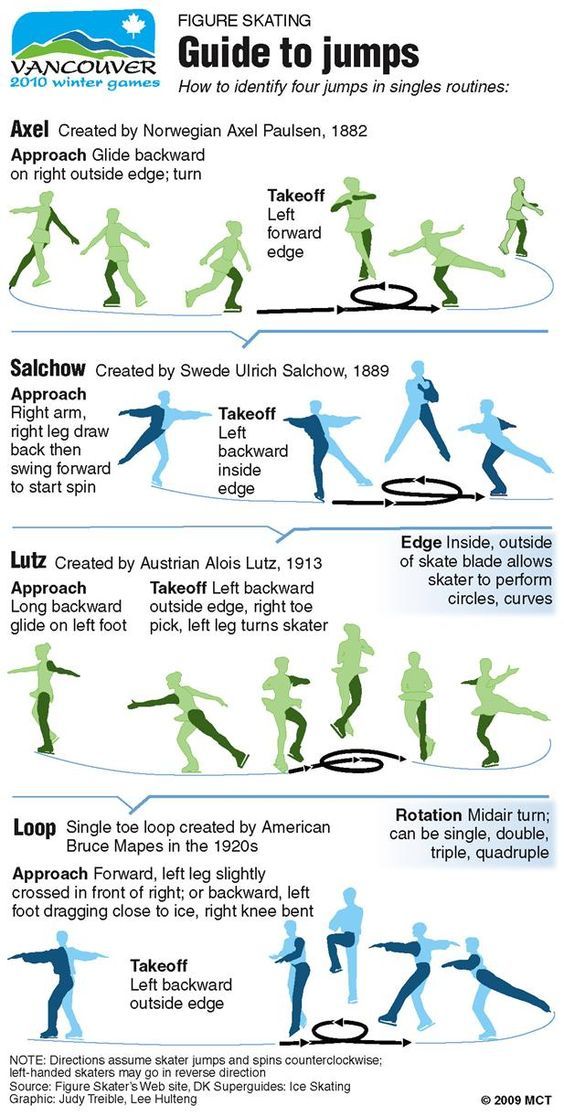
Now there really are dance schools that take students to hip-hop almost from the age of three. But you need to understand that this is done only because of the presence of demand in the market, because demand dictates supply. There will be no real benefit in three or four years from such classes. On the contrary, an inexperienced and young teacher, of whom there are a lot of street dance teachers, can bring certain harm, discourage the child from any desire to dance in principle.
So if your kid really likes street dancing, be patient for a couple of years, but until then, send him to a children's dance. There he will spend this time with benefit and, subsequently, he will come to hip-hop or breakdance with good preparation.
— What are the criteria for choosing a dance school?
Despite the fact that there may be several main criteria for choosing a dance school, the main one will always be the professionalism of the teaching staff. And here you need to pay attention to the following factors:
1) Mentor's age. Dancing and teaching dance is for the young, so basically it's okay if your choreographer is only in his early twenties. But if he or she is under twenty and is teaching children, then it makes sense to consider what such a young person can really teach a child - although, of course, there are exceptions. In the case of classes for adults, here, as a rule, everything is not so strict, because it is usually easier to find an approach to accomplished people. But, one way or another, you need to pay attention to it.
Dancing and teaching dance is for the young, so basically it's okay if your choreographer is only in his early twenties. But if he or she is under twenty and is teaching children, then it makes sense to consider what such a young person can really teach a child - although, of course, there are exceptions. In the case of classes for adults, here, as a rule, everything is not so strict, because it is usually easier to find an approach to accomplished people. But, one way or another, you need to pay attention to it.
2) Vocational education. Ask if the teacher has a professional education in the dance field or if he is currently receiving it. When it comes to choreography, ballet, modern, ballroom dancing, secondary special or higher professional education is a big plus. If we are talking about street dancing, hip-hop or breakdancing, then there are no such subjects in educational institutions, so you should pay attention to other things.
3) Achievements. Many dancers, especially young people, like to brag about their own achievements at various competitions and festivals, prizes, trips, and so on. However, let's remember that the victory of a person in any dance event, although it speaks of his own dance level, does not mean at all that he is a good choreographer, works well with children and can really teach dance. Therefore, it is worth paying attention to what results the students of this choreographer achieve.
However, let's remember that the victory of a person in any dance event, although it speaks of his own dance level, does not mean at all that he is a good choreographer, works well with children and can really teach dance. Therefore, it is worth paying attention to what results the students of this choreographer achieve.
4) Manner of communication. In our opinion, this is one of the most important criteria. A person must be able to communicate competently, find a common language with children and adults, and be bright. Then you will like classes and this will give additional motivation to classes.
In addition, a good dance school always has a dance teaching system, programs that teachers work on, and intra-school events that you can and should attend. If this is the case, then the school management is really working for the good and it is worth enrolling in such a studio.
Among other criteria for choosing a dance school, we note the convenience of the location and the adequate cost for the services provided. But still, let's say that the main thing is always the mentor himself and the general system of work built in the dance school. It is better to overpay for quality and a good result than to give a lot of money and be disappointed. Therefore, analyze, understand whether you and your child like the classes and do not be afraid to praise the studio and its employees who really work for you.
But still, let's say that the main thing is always the mentor himself and the general system of work built in the dance school. It is better to overpay for quality and a good result than to give a lot of money and be disappointed. Therefore, analyze, understand whether you and your child like the classes and do not be afraid to praise the studio and its employees who really work for you.
— What should I wear to dance classes?
The question is purely technical. It all depends on the style of dancing that you will be doing. For choreography, these are, as a rule, leggings and a T-shirt for girls and a T-shirt and sports trousers for men. They practice this type of dance often in socks or barefoot, or you can wear ballet flats.
If we are talking about street dancing, then it is always enough loose clothing that would not hinder movement - a T-shirt and sports trousers are fine, as well as sports shoes, sneakers or sneakers, on your feet.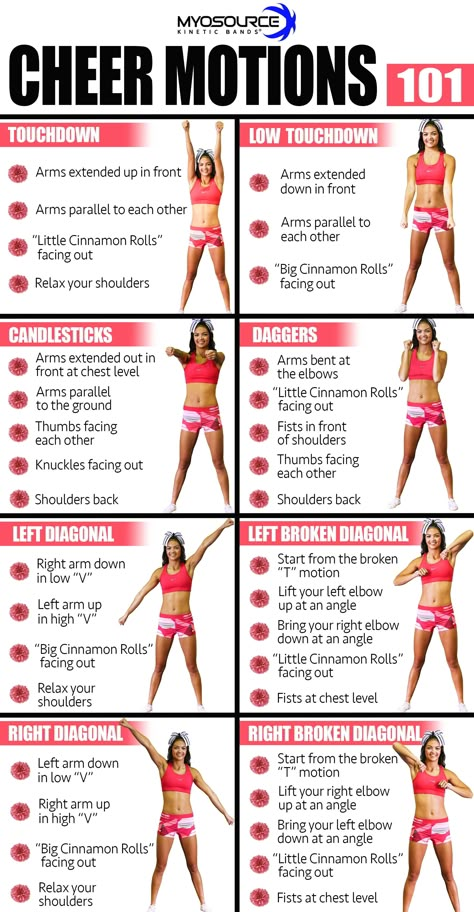
When we talk about children's dance classes, the kids get gymnastic leotards (or shorts and a T-shirt for boys), and Czechs or ballet flats are put on their feet.
Well, adults can dress up for classes in popular dance styles the same way they would dress up when they came to fitness.
— How long does it take to learn to dance?
A very controversial question that, nevertheless, interests many. What does it mean to "learn to dance"? For some, mastering a couple of dance moves will be enough to shine in a disco, while others need a big stage.
Therefore, you must first decide on the purpose of the classes. If we are talking about street dancing, then decent results can be achieved, as a rule, after a couple of years of regular classes. Of course, a lot depends on who leads the classes and on your own abilities, but on average, in the second year you will no longer recognize yourself in comparison with the past, and in the third year you will dance very decently, if only you yourself want to. The same can be attributed to any classes at the amateur level - subject to such an important condition as regularity, the results will appear fairly quickly.
The same can be attributed to any classes at the amateur level - subject to such an important condition as regularity, the results will appear fairly quickly.
In the case of serious choreography, ballet and professional activities in general, get ready for the fact that it will take years and there will never be a limit to perfection. Although the first results will also appear in the second or third year of study.
— How often do you need to practice dancing to get results?
The regularity of any activity is very important! It is clear that the more training, the better. But what is the optimal schedule in which the result will be achieved and you yourself or your child will really develop and learn to dance? We'll talk about this below.
So, at least, classes should be held twice a week for one astronomical hour. Moreover, it must be borne in mind that the break between them should not exceed three days, otherwise all the studied material will be forgotten.
If it is possible to study three times a week for an hour and a half, this is very, very good. Such activities will help keep yourself in a constant tone, and this tone is extremely important in order to grow in your favorite business.
And, of course, the more classes, the better. If with a schedule twice a week for an hour you will get a certain stable, but small, result, then by practicing every day for two or three hours, for example, you will almost certainly achieve great dancing success soon.
It should be borne in mind, however, that regular classes in the gym do not at all cancel the desirability of studying at home. If, say, your child goes to a children's dance, then at home it is quite possible to dance with him a little, ask him to repeat what was learned today in the studio. Well, if you do it yourself, then homework, practicing various movements, stretching will become an integral part and even a guarantee of progress.
— Why do we need dances, what do they develop? What are the medical contraindications for dancing?
When coming to a dance or bringing a child to a dance school, it is very important to understand whether the classes will be beneficial.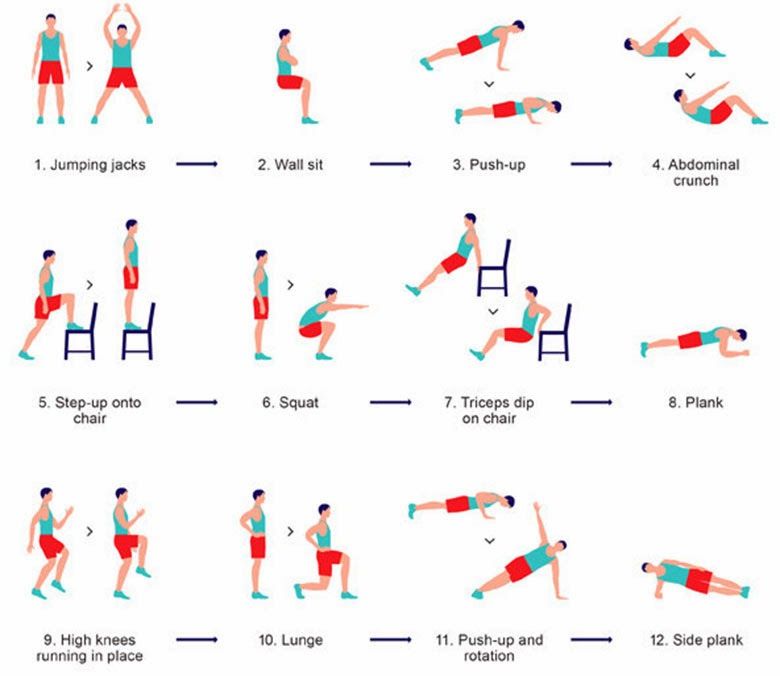 In addition, if you know what physical and mental qualities, motor skills develop certain dance styles, this will undoubtedly help you make the right choice.
In addition, if you know what physical and mental qualities, motor skills develop certain dance styles, this will undoubtedly help you make the right choice.
Let's start with the choreography. Classes in classical and modern choreography, ballet, ballroom dancing help to form a muscular corset, correct posture. In addition, great attention is paid to stretching. Therefore, if you want to be slim and easily sit on the twine, welcome! However, it must be borne in mind that the same stretch has certain nuances. For example, if by nature you or a child have long ligaments, then it makes sense not to stretch, but to perform muscle strengthening exercises, and to do physiotherapy exercises in parallel.
As for street dances, namely hip-hop, locking, popping and other similar dance styles, their undoubted advantage is that they teach you to relax and control your body, relieve muscle clamps, improve coordination and help you learn a sense of rhythm. It is no secret that many diseases, in particular, diseases of the spine, are associated with the presence of muscle clamps in various parts of the body.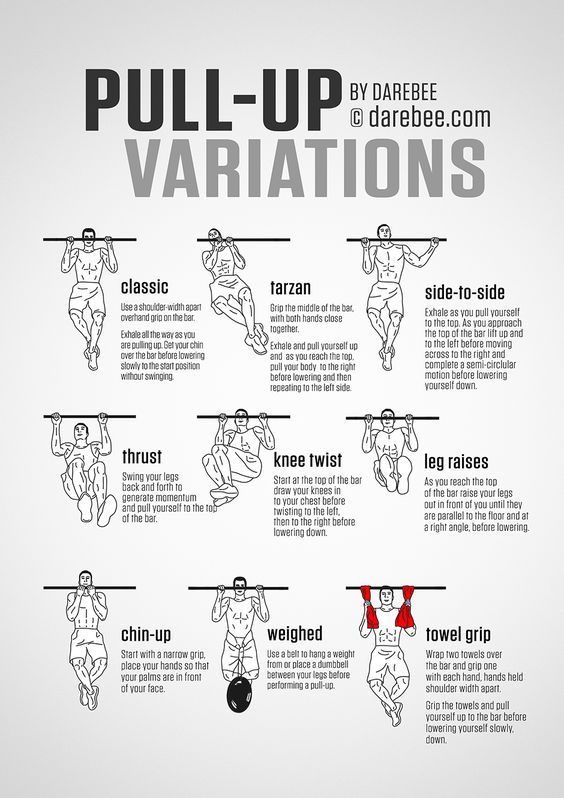 These clamps are formed very often under the influence of psychological factors. For example, if you pay attention to the cervical spine, to the shoulders, then with a high degree of probability you will notice that your shoulders seem to be slightly raised, moreover, you were not aware of this before. This is one of the typical muscle clamps, which is a reaction, including to everyday stress - remember a cat or dog that bristles in case of danger. Despite the fact that we are not aware of this clamp, it keeps the neck muscles in constant tension, spasms them, and it is the neck and cervical spine that contain the arteries responsible for the blood supply to the brain. That is why it is so important to learn to relax, relieve muscle tension in your own body and, in this way, help yourself to relieve physical stress. Street dancing is an indispensable assistant in this regard, because the technique of performing the same hip-hop requires control over the body and a certain tone, associated, among other things, with muscle relaxation.
These clamps are formed very often under the influence of psychological factors. For example, if you pay attention to the cervical spine, to the shoulders, then with a high degree of probability you will notice that your shoulders seem to be slightly raised, moreover, you were not aware of this before. This is one of the typical muscle clamps, which is a reaction, including to everyday stress - remember a cat or dog that bristles in case of danger. Despite the fact that we are not aware of this clamp, it keeps the neck muscles in constant tension, spasms them, and it is the neck and cervical spine that contain the arteries responsible for the blood supply to the brain. That is why it is so important to learn to relax, relieve muscle tension in your own body and, in this way, help yourself to relieve physical stress. Street dancing is an indispensable assistant in this regard, because the technique of performing the same hip-hop requires control over the body and a certain tone, associated, among other things, with muscle relaxation.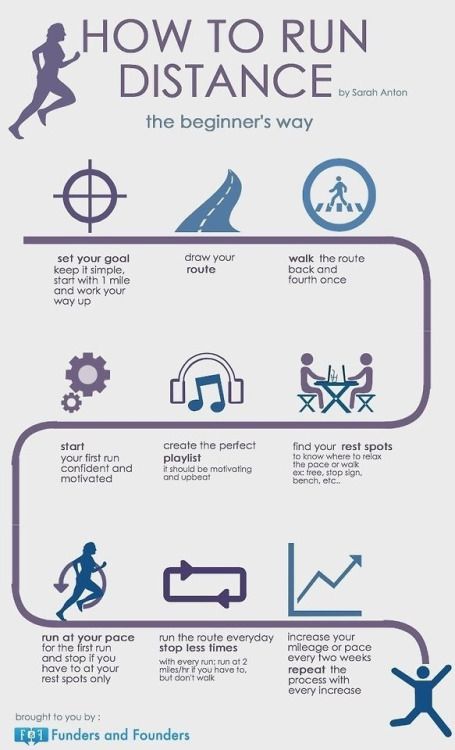
If we talk about doing such a demanding physical form as breakdancing, then here a contraindication may be diseases in which it is undesirable, say, to lift weights. However, of course, it is better to clarify everything with a doctor. At the same time, this style is an excellent, if not the best, means to strengthen the body, muscles, develop flexibility and endurance. Probably, only gymnastics can compete with him in this, but breakdancing is also a dance, and dancing is always more interesting! Therefore, if you want your child to grow up strong, strong, do not be afraid to sign him up for a break.
Summarizing the above, we can say that the physical and other benefits of dancing are always obvious. Although it also makes sense to first consult with a doctor you know about contraindications. But in the vast majority of cases, even the presence of any kind of disease is never a factor that prevents people from dancing. You just need to do it wisely, carefully and under the guidance of a competent mentor.
- What do you do when you don't seem to be getting anything?
Many who have been dancing for a while begin to wonder how well they dance. Often these thoughts come a few years after the start of classes and, sometimes, force someone to quit classes, because, in their opinion, they do not succeed. Let's look at a few key points to dispel this myth.
First, in dancing, as in any other activity, you must have patience. Immediately, after the first lesson, no one ever becomes a champion. The main thing is to practice regularly, persistently and enjoy the process itself. Then the result will not keep you waiting.
Secondly, the assessment of one's own result is always subjective and depends on who we compare ourselves with. Let's say, before I started doing modern dance, it seemed to me that some guys at the disco dance very well, but I can't do anything. But very soon I outgrew them, and I begin to compare myself with a coach, and then with champions, world celebrities, the best of the best. It's good to look up to the stars, of course. But when evaluating yourself, look back and look at the whole path that you have traveled. Isn't that the result?
It's good to look up to the stars, of course. But when evaluating yourself, look back and look at the whole path that you have traveled. Isn't that the result?
Thirdly, there is another nuance that is not so obvious, but has a huge impact on self-esteem. Its essence is that in the course of classes, especially over the years, the nature of the material studied, the acquired skills, changes. Accordingly, the evaluation system should also change, and this often does not happen. A simple example is when a person is just starting to dance, he learns the basic steps, movements. And, pretty soon, he already sees the result - so I didn’t know how to do anything, but now I’m already dancing. This is great. But years pass and the same person, continuing to practice, asks himself: "the years go by, but I still dance the same." And he concludes - "probably I have not achieved anything." The mistake is that people do not always realize that if knowledge of the dance base comes at the beginning, then over the years the technique is honed and their own style, their own understanding of dance is developed.